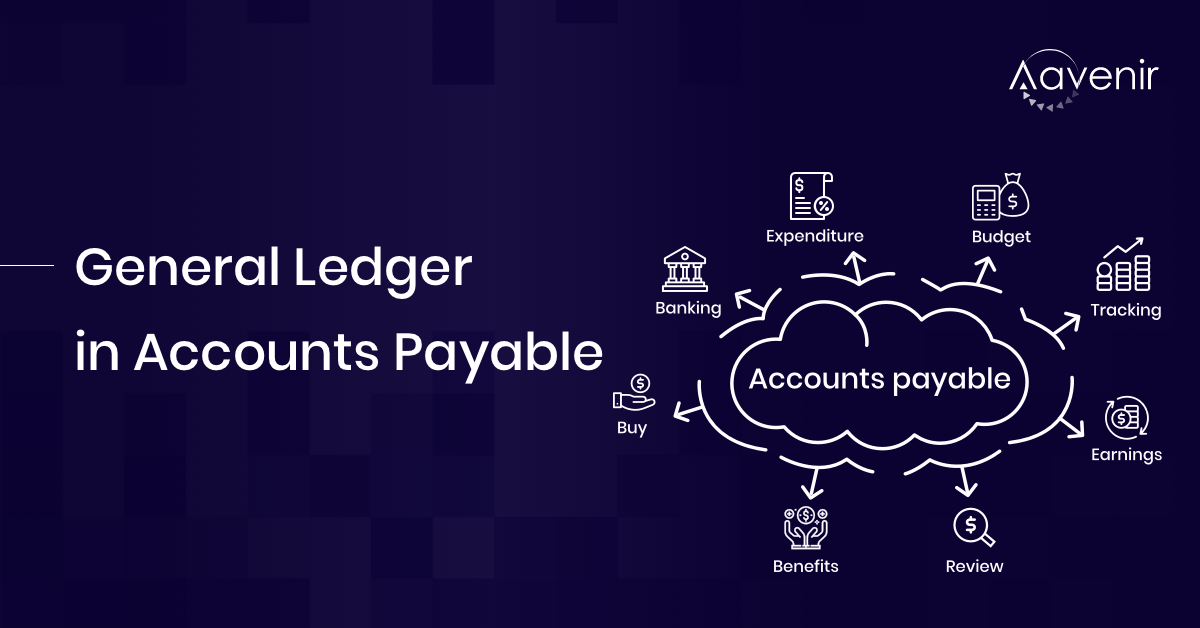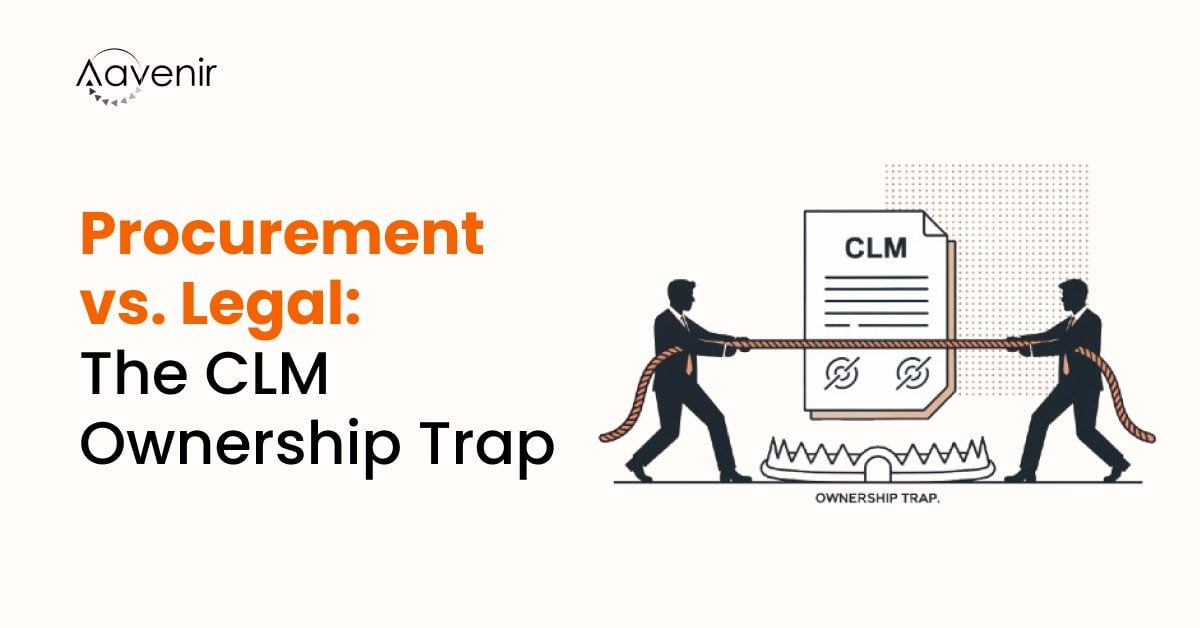In meetings, when someone uses the words “Accounting entries”, “Journals”, “Chart of Accounts” “Debit/ Credit” in the same sentence, we curl up our noses, or switch off our brains and enter our dreamlands. With virtual meeting rooms, we might even catch up on our sleep. Though vitally important in our lives, Finance terms are not given much thought. In financial aspects, General Ledger is the backbone of an organization’s accounts payable system. Interestingly, most financial frauds in organizations can be detected with an analysis of General Ledger in organizations. Let us dive in and understand why “General Ledger” is so critical to an organization.
What is a General Ledger?
General Ledger is the backbone for all the transactions in the organization. To give an analogy, General Ledger is like your Bank Account statement. Every debit transaction is a purchase from your bank account and every credit transaction is salary or amount credited to the Bank Account. To put in pure finance terms, a debit is expenses or deductions from your Bank balance, and credit transactions are the incoming money to your bank balance. Every credit transaction needs a debit transaction. Every purchase of machinery (Credit to your assets) is a monetary deduction (debit from your cash account). The general ledger holds all the information for businesses to assess financial health. Each Business Unit or cost center also holds a sub-ledger account in the General Ledger of the organization. This sub-ledgers holds all debit and credit transactions for that specific business unit or Cost Centre.
Why is General Ledger important for Accounts Payable System?
A debit transaction is an outflowing cash for organizational purchases of buying machinery or services incurred from vendors. Now, the purchases can be done through centralized procurement or decentralized procurement manner. The purchases are done for specific business units or cost centers within the organization for different business purposes. Hence, accounting entry is done concerning business purposes and relates to specific cost centers. In vendor invoices, the outgoing payments to your vendors are related to the Cost Centres of a Business Unit or Internal Order for a specific project. While analyzing Vendor invoices, Accounts Payable always identifies Purchase Orders, specific cost centers for purchases (E.g. Machinery, Professional Services, Utilities Bill). They identify the cost centers and ask the Finance team to deduct cash from specific sub-ledgers. This way the debit (cash) and credit (assets) balance out each other.
General Ledgers always report the actual transactions compared to forecasted transactions (e.g. Cash Flows). In 2010, Hertz detected 46.3 million accounting errors in financial statements. Most accountants always start with General Ledger to identify problems in the organization. Accountants can zero down to bleeding Cost Centres (business units) and propose solutions for business units in Organizations.
How Technology can Help in Financial Processing?
A general ledger is a core feature of most accounting software and serves as a repository for all financial data from other sub-ledgers and modules. Organizations, such as law firms or nonprofits, must keep separate ledgers for each client or account to comply with regulations. These will have to be reconciled monthly to ensure accounts match between the bank and the organization.
Many organizations continue to struggle with spreadsheets — or cling to on-premises Finance Planning & Accounting (FP&A) solutions. Organizations can start using the right technology solution to drill down into accounting transaction detail in ledgers of business units and gain better insights and business outcomes.
Aavenir’s cloud-based intuitive accounting software provides a comprehensive audit trail for each account payable. If you’re ever audited, you won’t have to dig through paper files to get organized. You can pull your general ledger report, specify a vendor, and review the details and supporting documentation (invoices, receipts, payment, etc.). you can get benefits like:
- Use AI-enabled 2-way/3-way match feature of Aavenir Invoiceflow to detect anomalies during payment approvals or financial closing periods .
- You’ll be able to track vendors payments and monitor spend and many more that can help you make informed decisions.
- Use Aavenir Invoiceflow reports seeing a complete list of invoices from all vendors within a date range. You can select only the vendors you want the report to identify cost of specific type of vendors or per business unit.
What is the Future for Technology in Financial Processing?
As organizations continue to digitalize, organizations are staring at high-quality, real-time data. Now, real-time financial transactions can be used to optimize AI-driven financial and operational business models and are also expected to dramatically increase as the complexity of business increases.



